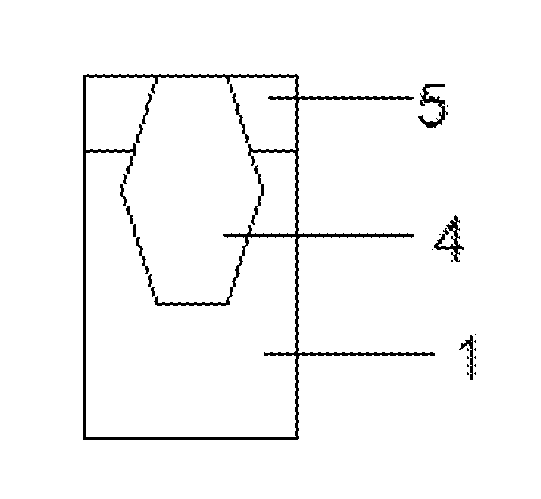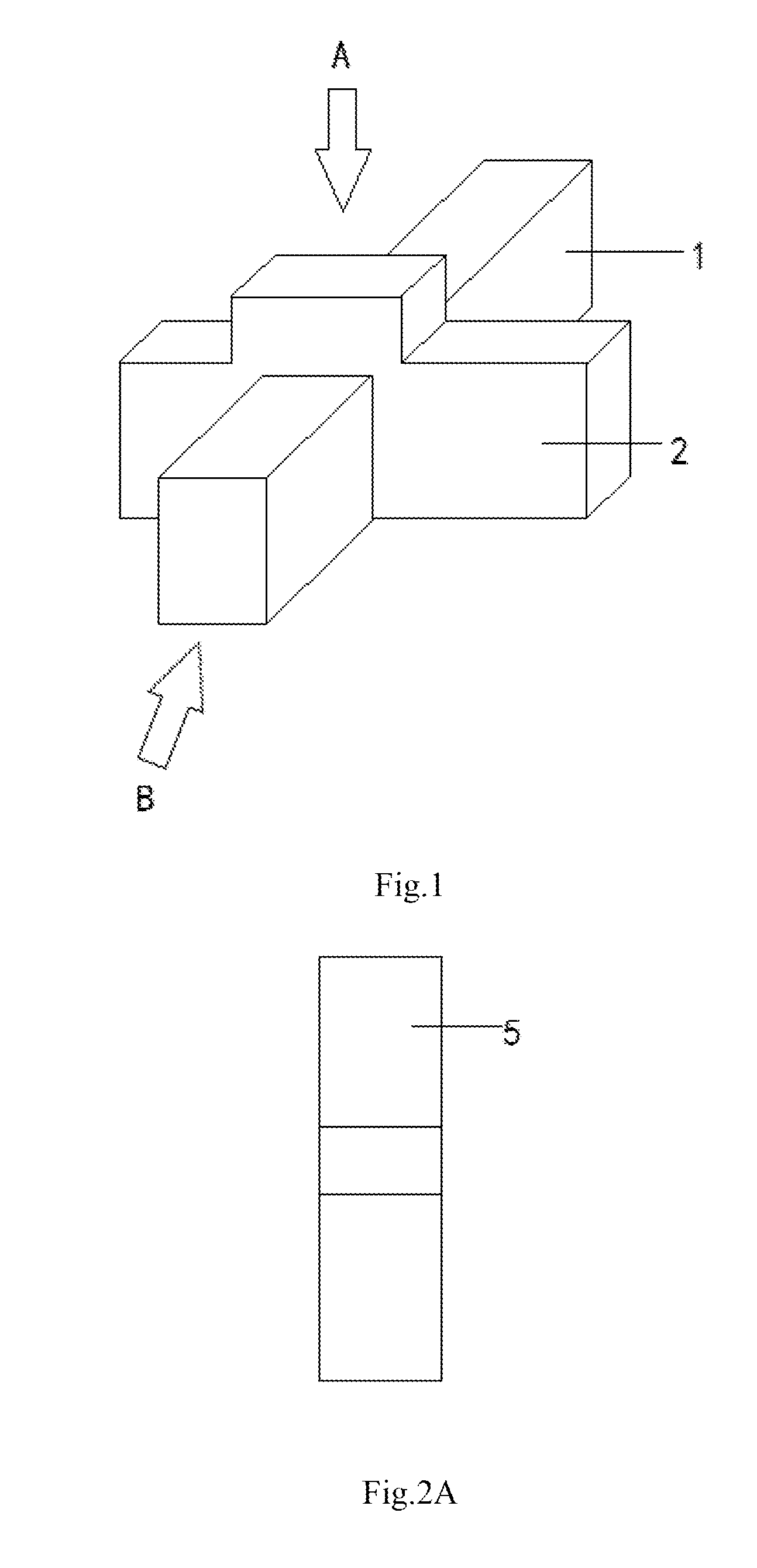Method of forming strained source and drain regions in a p-type finfet structure
- Summary
- Abstract
- Description
- Claims
- Application Information
AI Technical Summary
Benefits of technology
Problems solved by technology
Method used
Image
Examples
Embodiment Construction
[0026]The method of forming strained source and drain regions in a P-type FinFET of the present invention will be described in further details hereinafter with respect to the embodiments and the accompanying drawings.
[0027]The present invention is described with reference to the attached figures, wherein like reference numerals are used throughout the figures to designate similar or equivalent elements. The figures are not drawn to scale and they are provided merely to illustrate the invention.
[0028]Referring to FIG. 1, the P-type FinFET structure comprises a gate 2 and a fin 1 having a channel region and source and drain regions extending from the channel region. The fin comprises a first semiconductive material. In the embodiment, the first semiconductive material is single crystalline silicon, and thus the source and drain regions are both filled with the single crystalline silicon material. The gate comprises mono-crystalline silicon.
[0029]Referring to FIG. 2a to FIG. 2c, which ...
PUM
 Login to view more
Login to view more Abstract
Description
Claims
Application Information
 Login to view more
Login to view more - R&D Engineer
- R&D Manager
- IP Professional
- Industry Leading Data Capabilities
- Powerful AI technology
- Patent DNA Extraction
Browse by: Latest US Patents, China's latest patents, Technical Efficacy Thesaurus, Application Domain, Technology Topic.
© 2024 PatSnap. All rights reserved.Legal|Privacy policy|Modern Slavery Act Transparency Statement|Sitemap



